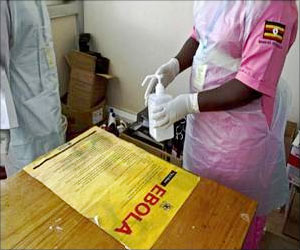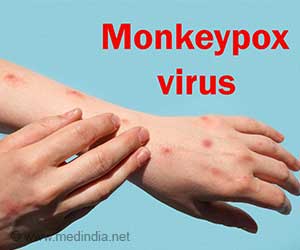The current Ebola response known as Phase 3 is aimed at ensuring that the residual risks are managed and protecting against the re-emergence of the disease.

Despite the “ferocious rainy season” in west Africa, the number of Ebola cases has remained in the single digits for 6 consecutive weeks in Guinea and Sierra Leone, he said. Also there are only 3 active transmission chains in those countries, a development he described as “major milestone in all three countries (Liberia being the third) in the march towards zero” cases. “Our goal is zero transmission in the human population and that remains very possible within 2015,” he said.
The current Ebola response known as Phase 3 is aimed at ensuring that the residual risks are managed and protecting against the re-emergence of the disease, which has claimed more than 11,000 lives, mostly in West Africa, said the senior WHO official.
Dr. Aylward described the remaining challenges as residual risk surveillance, sustaining rapid response teams, and survivor engagement and care, which includes the risks of transmission through semen by male survivors of Ebola.
Precautions such as the vaccination of sexual partners or family members to reduce risk if someone tests positive are being undertaken, he said. “This virus has a very nasty sting in its tail,” he said.
Guidance on the care of pregnant women with Ebola has been released separately by WHO. There is no evidence to show that women who survive Ebola and subsequently become pregnant pose a risk for Ebola virus transmission. But pregnant women with active Ebola pregnant women who survive the disease with an ongoing pregnancy and pregnant women who are contacts of confirmed Ebola cases pose a potential risk.
Advertisement











